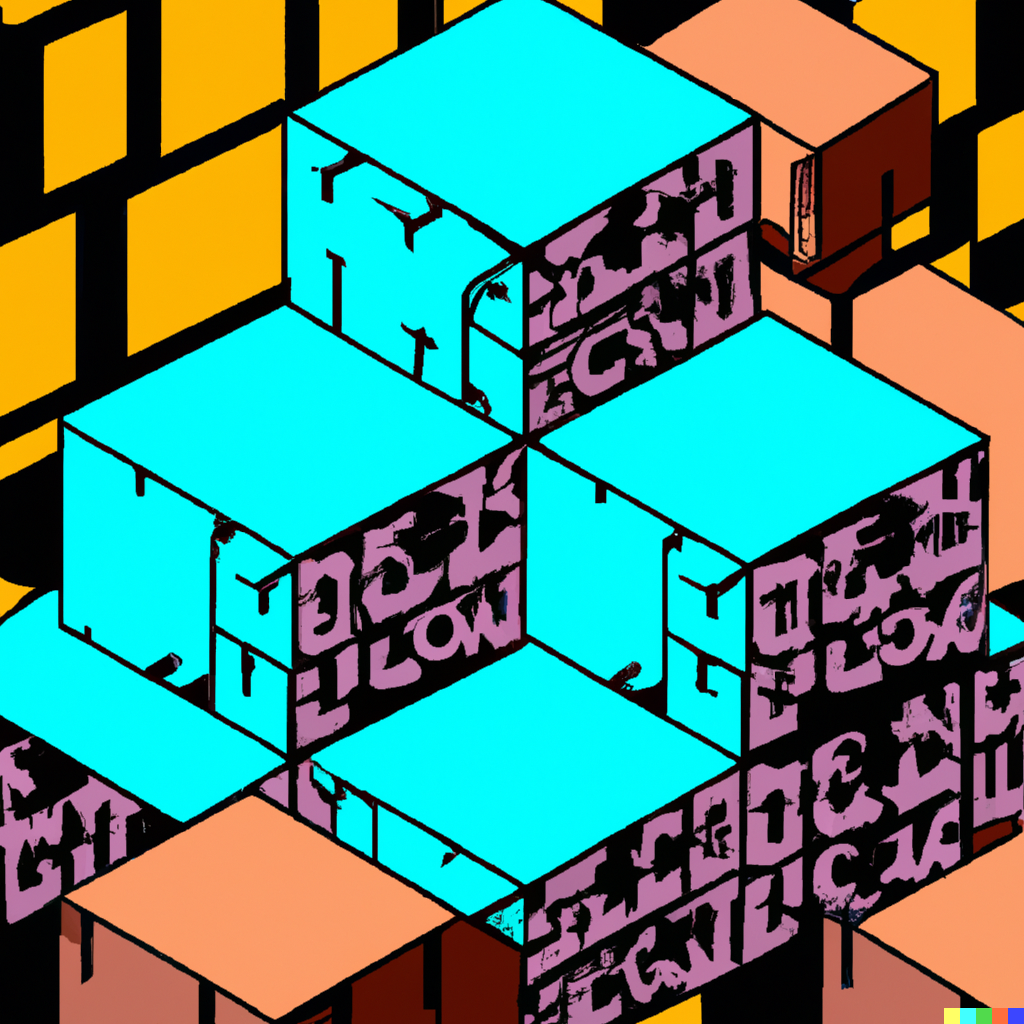
The role of NFTs in Web 3.0 is hanging in the balance. NFTs allow users to prove ownership of domains, digital files, or metaverse assets through blockchain ledgers. Blockchain technology also supports the development of NFTs and sales on NFT marketplaces like OpenSea and Rarible.
A unique NFT like the Bored Ape Yacht Club NFT is perfect for speculation. You can also own these digital public certificates and proof of ownership for their unique lifestyle benefits. NFT ownership also helps digital content creators support Web 3.0 protocol development.
Web 3.0, on the other hand, is the evolution of Web 2.0. The Web 3.0 ecosystem is thriving in the smart contracts and cryptocurrency sector, but its use case is the development of a decentralized internet. Before Web 3.0, there was Web 1.0 that supported a read-only web structure. Then came Web 2.0, or the participative social internet structure that empowers users to create content on centralized platforms such as Facebook. The social community can share and comment on these posts.
Web 3.0 seeks to break away from Web 2.0 centralized platforms. Instead, its functions will be community-governed, supporting individual ownership of content.
Some tech pundits such as Elon Musk and Jack Dorsey believe Web 3.0 is a pie-in-the-sky endeavor. Dorsey believes that Web 3.0 will fall under venture capitalists’ control despite every effort to decentralize it. “You don’t own “web3.” The VCs and their LPs do. It will never escape their incentives. It’s ultimately a centralized entity with a different label,” says Dorsey.
Web 3.0 technologies
Artificial intelligence, semantic web, and machine learning are among the underlying technologies developing Web 3.0. Cryptographic security is also foundational in protecting and facilitating user identity Web 3.0 protocols.
The use of blockchain and cryptocurrencies will support intermediary-free information or money transactions. Consequently, Web 3.0 will have fewer transaction costs, and content creators will own their content fully.
If you publish an article on Google’s Web 2.0 platforms, Google appropriates it for Ad profits. On top of that, you cannot republish your content on Google server web pages. Such actions constitute plagiarism. But with Web 3.0, you can do whatever you need with your content.
Web 3.0 also prevents high-tech companies from harvesting, selling, and using user data giving internet users their privacy. For example, YouTube only pays creators and advertisers a fraction of the profit it generates from their content and the ad revenue it generates from user views. Web 3.0 ensures that no one can monetize your data. Instead, it will share profits among participating parties through a decentralized autonomous organization (DAO) and smart contract protocols.
Functional Web 3.0 platforms include DTube for video content streaming and decentralized gaming platforms such as Axie Infinity and Mythical Games. In addition, the Brave browser is an alternative Web 3.0 privacy browser that does not support third-party cookies.
Web 3.0 protocols can ensure user privacy by supporting virtual interaction without third-party involvement in a trustless environment. They also ensure internet availability irrespective of location, time, and device.
The metaverse is a significant sub-domain of Web 3.0. Users can access a digital 3D world via AI and VR. All you need is a crypto wallet and a digital twin or avatar.
NFTs Use Cases on Web 3.0
Domain NFTs
Domain NFTs are privacy-enhancing web addresses and identifiers. They have extensions such as .crypto, .dao, and. eth. Some use cases of identity or domain NFTs are the simplification of crypto wallet addresses. They allow users to create fancy and memorable crypto addresses like bills.crypto rather than sending peers long and complicated public wallet addresses. Also, unlike Web 2.0 domains, some Web 3.0 domains do not require a renewal fee.
The Butterfly Protocol, a decentralized autonomous organization, and Cortex Application have, for instance, launched new .hmn top-level domains (TLDs) on the Polygon protocol. These Web 3.0 domains are open to the public, and any user can own them indefinitely. In addition, identity NFTs have speculative properties, and you can trade Web 3.0 domains on Solana’s Solsea or OpenSea.
Replicating identities can cause a significant breach of users’ data. Still, Web 3.0 steers clear of centralized domain name issuers such as ICANN, which oversees domain name issuance. Fortunately, blockchain protocols provide a one-way system that prevents domain name and identity duplication. As a result, NFTs are a practical method of eliminating risks such as identity loss or replication.
Ticketing
NFTs can also provide tickets to platform events on Web 3.0. For example, the Flyfish Club(FFC), the first members-only dining club, requires members to buy on-chain ticket NFTs.
Token holders will receive access to cultural events and social experiences via these NFT tickets. In addition, artists like Lil Nas X and Snoop Dogg use NFTs in their ticketing systems during virtual events.
Content creation
NFTs will support the Web 3.0 content creation ecosystem. Blockchain games, for instance, are the most significant NFT use case on Web 3.0. These games need NFTs to allocate ownership of in-game items like avatars, tools, experience points, and upgrades. Also, gamers can sell these NFTs for fiat currencies in the secondary marketplace.
These games offer players a personalized economy to store their in-game items on blockchain ledgers. Additionally, content developers can transfer game assets between interoperable platforms. Other NFTs function as cross-game assets within diverse gaming platforms.
Another NFT use case on Web 3.0 is the Play to Earn (P2E) model. For example, Axie Infinity allows users to earn rewards in crypto by paying in the game.
NFTs are considered a crucial protocol of the Web 3.0 internet. Their mass adoption is hampered by challenges such as government regulations, cryptocurrency complexity, and negativity. Only time will tell whether NFTs will go beyond a fad.

